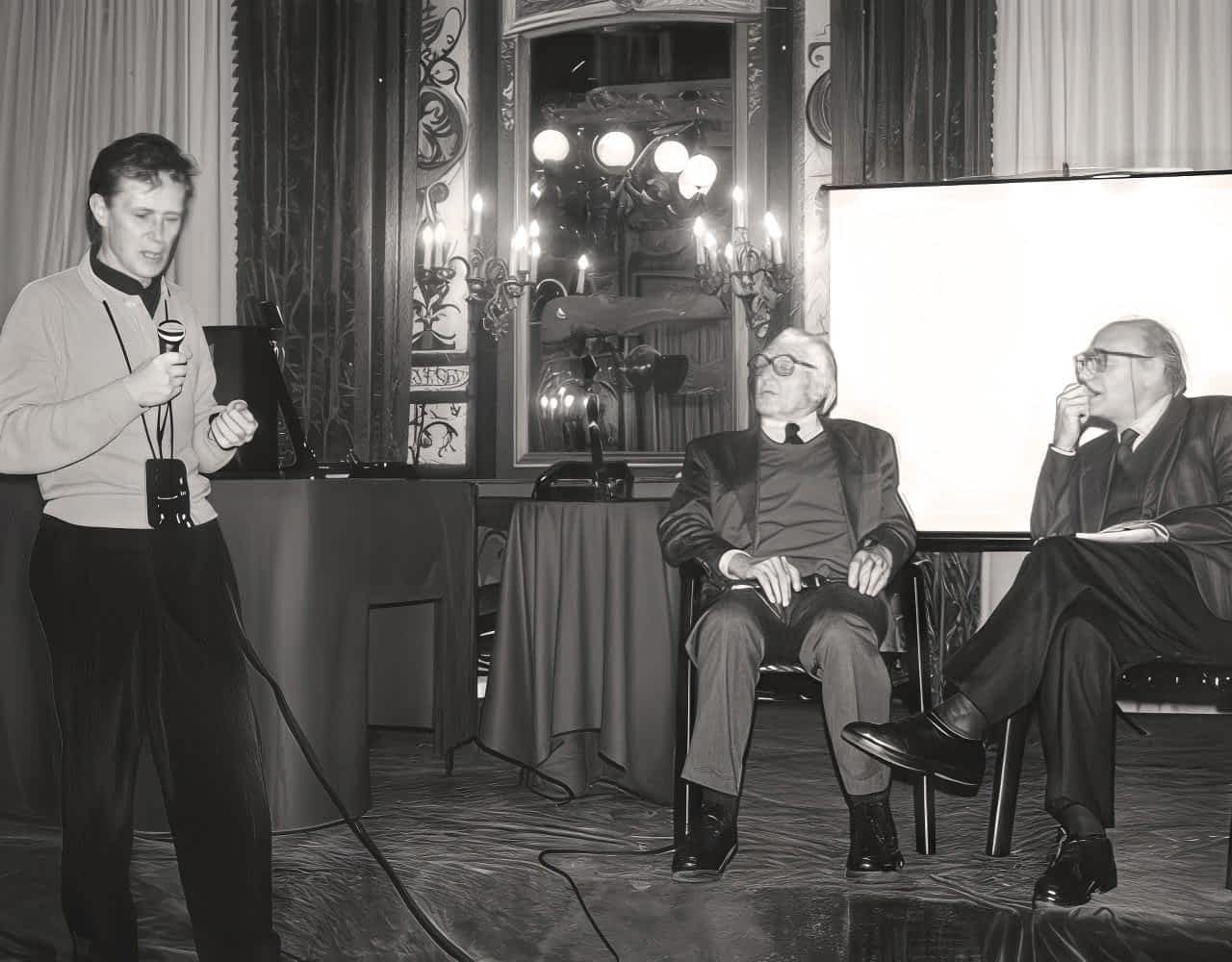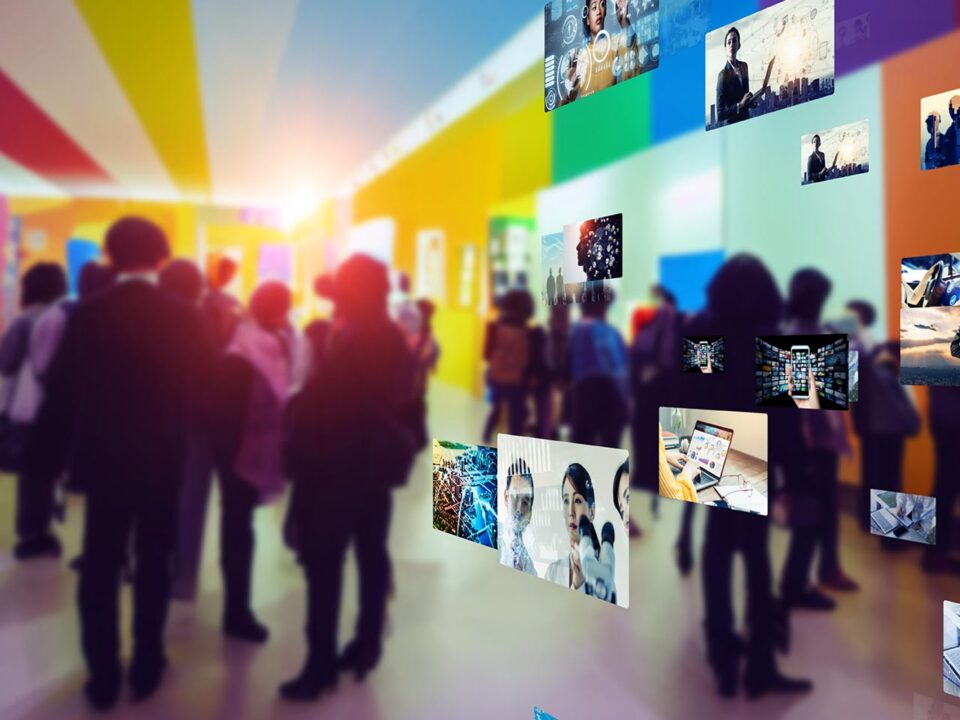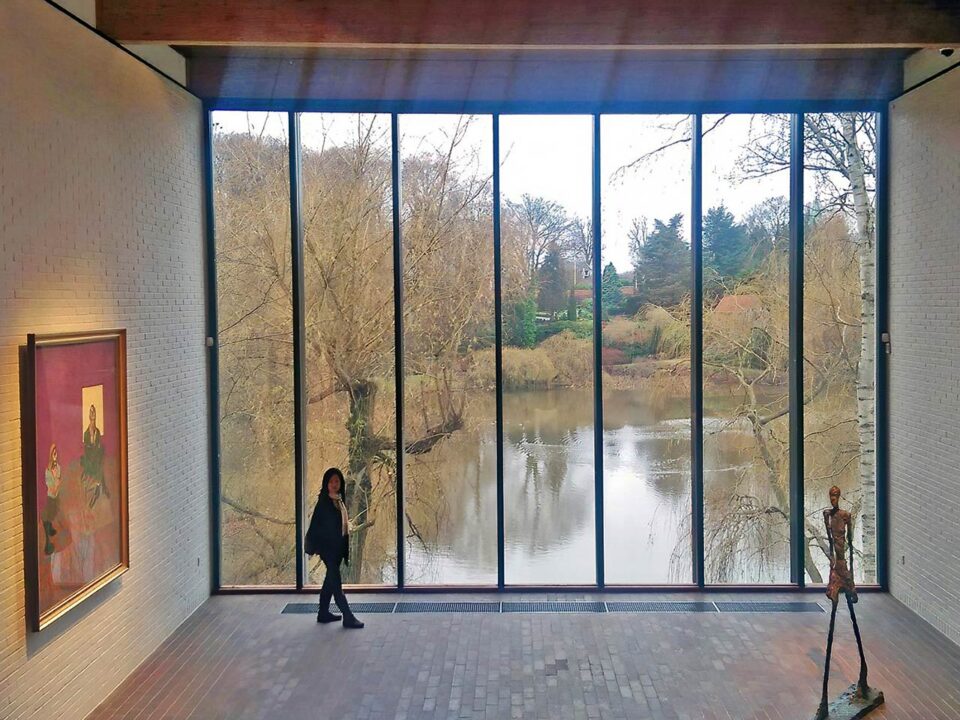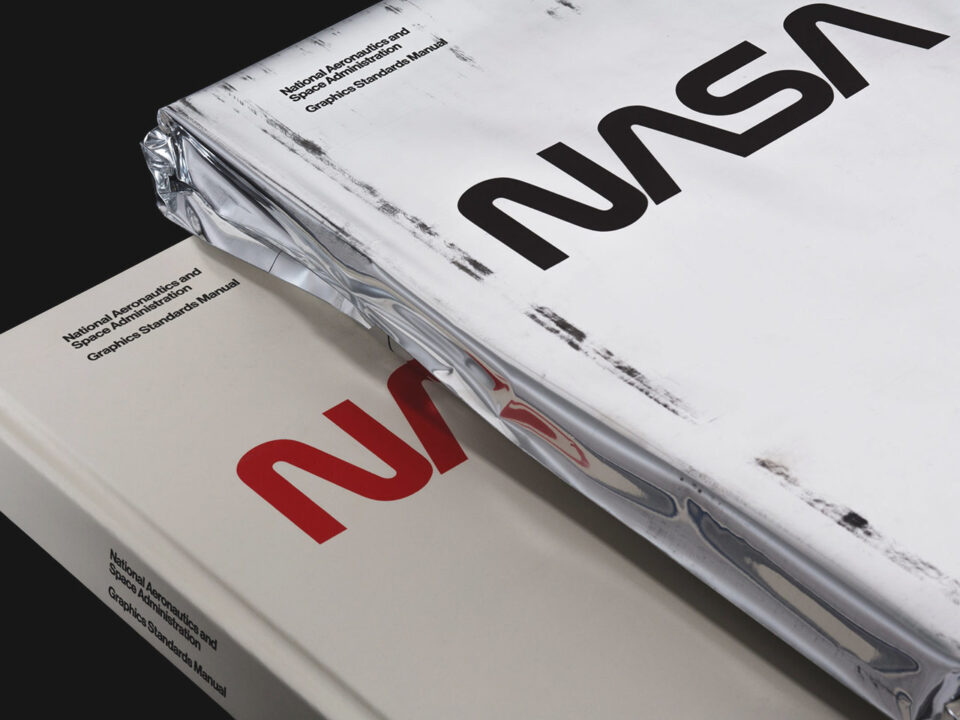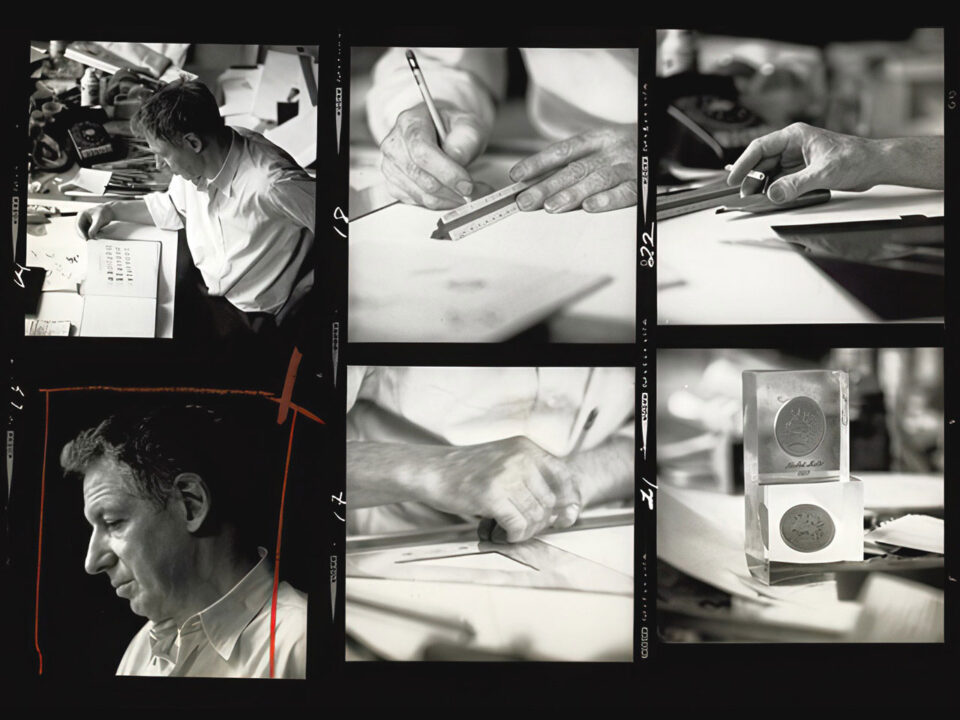Artmedia was one of the first scientific projects to explore the deep, evolving relationship between art, technology, philosophy, and aesthetics. Founded in 1985 by philosopher and researcher Mario Costa, this project pioneered a new form of interdisciplinary art research that remains influential today.
The project's foundation rested on one core idea: the relationship between technoscience and contemporary art cannot be understood through traditional aesthetics alone. Artmedia proposed that to grasp how digital media, algorithms, and electronic networks shape artistic creation, we must rethink the philosophical frameworks used to evaluate art. This sparked a global conversation among artists, philosophers, scientists, and theorists.
An Interdisciplinary Mission
From the beginning, Artmedia focused on the integration of multiple disciplines. It sought to bridge gaps between:
- Contemporary art and digital technology
- Scientific innovation and aesthetic theory
- Philosophy of technology and creative practice
These intersections gave rise to a new kind of research and discussion space. Artmedia didn’t treat art as a static product. It considered it a living process shaped by evolving tools, mediums, and ideas.
The project addressed fundamental questions:
- How does technology redefine what we call art?
- What role do algorithms, artificial intelligence, and networks play in artistic expression?
- Can art and technoscience be evaluated using the same philosophical lens?
By focusing on these questions, Artmedia carved out a unique role in international discussions around art theory and aesthetics.
Major Events and Global Participation
One of Artmedia’s defining contributions was organizing regular international art conferences. Starting in Salerno, Italy, these events brought together leading voices from across disciplines and continents. Participants included philosophers of aesthetics, artists working in digital and multimedia forms, and researchers in technoscience.
Key themes over the years included:
- The aesthetics of communication
- The ontology of technological images
- The transformation of the spectator in electronic art
- The ethical and social implications of technological art
These meetings allowed artists and theorists to share insights, question assumptions, and build collaborations. Importantly, they created a platform for voices often left out of conventional academic or art-world circles.
By the late 1990s, Artmedia had hosted conferences in France, Brazil, Spain, and other countries. The global scope reinforced its commitment to cross-cultural dialogue and inclusive research. For example, the 1995 conference in Salerno included participants from over 15 countries and helped set the stage for future international collaboration.
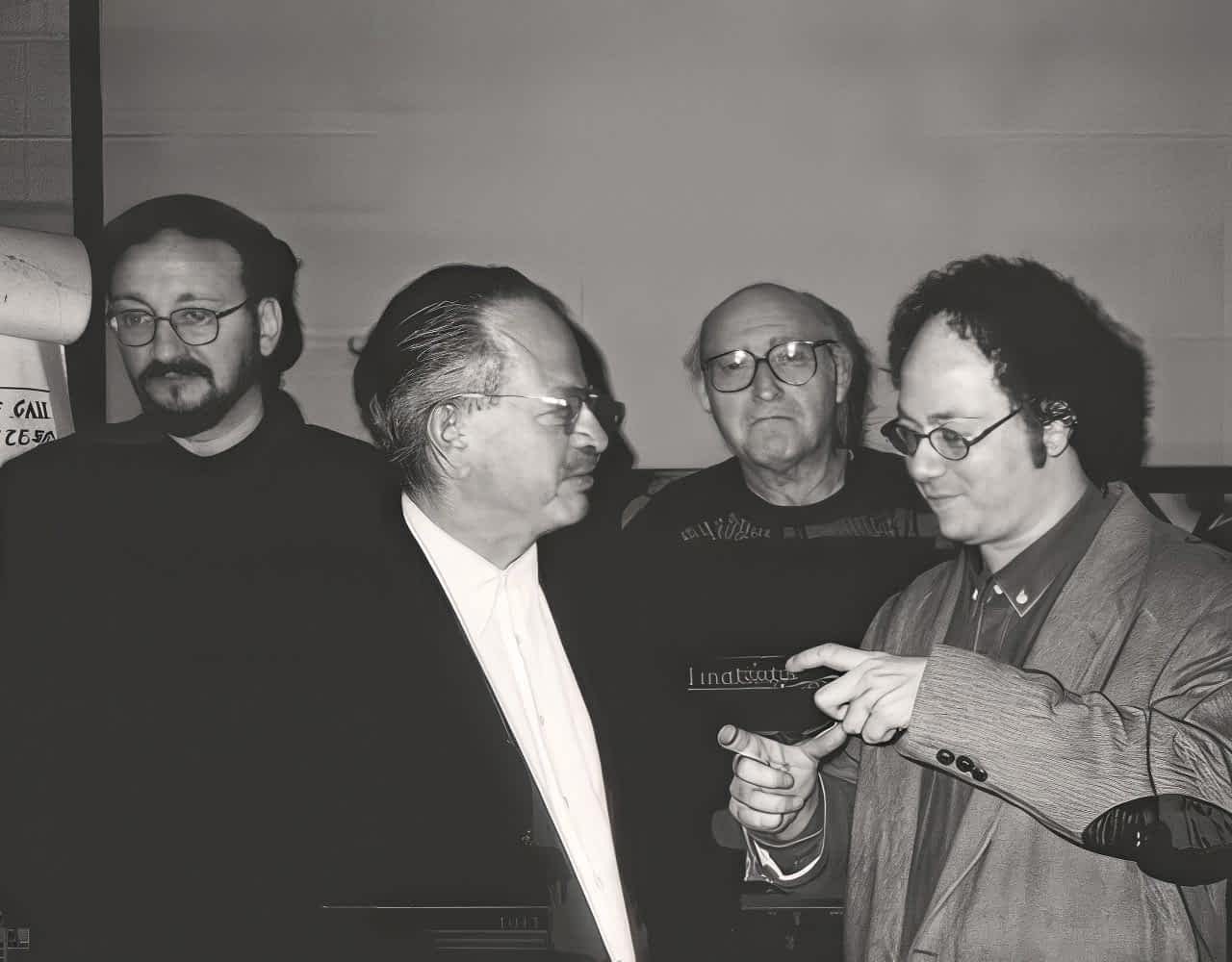
Maurizio Bolognini, Richard Kriesche, Mario Costa and Eduardo Kac, Artmedia VII (1999). Photo by V.fanis1, via Wikimedia Commons (CC BY 3.0)
Key Concepts and Impact
One of the project’s most influential contributions was the theory of the "technological sublime" developed by Mario Costa. He argued that in the age of networks and code, traditional concepts like beauty, form, and representation no longer fully apply. Instead, the experience of digital art involves a new kind of perception rooted in systems, flows, and immateriality.
This idea shaped how many later scholars approached art and technology. It also inspired a generation of artists working at the edge of digital experimentation.
Artmedia became a reference point in interdisciplinary art research. It influenced university programs, inspired further conferences, and led to a body of publications that continue to shape discussions today.
Continuing Relevance
Although Artmedia as a formal project slowed down in the early 2000s, its legacy lives on. The questions it raised remain urgent:
- What counts as art in a world mediated by machines?
- How do philosophy and aesthetics evolve alongside digital tools?
- What role should artists play in conversations about science and society?
These are the questions that contemporary creators and researchers still grapple with.
By bringing together disciplines that often operate in silos, Artmedia helped create a shared vocabulary and critical framework. It modeled how sustained international dialogue can push forward both theory and practice.
Why Artmedia Still Matters
Artmedia stands as a landmark in the history of interdisciplinary research. It showed how integrating art and technology with aesthetics and philosophy can reshape our understanding of creativity itself.
More than a project – it was a movement – one that continues to inspire artists, theorists, and scientists alike.
For anyone interested in technoscience, art theory, or the global evolution of digital aesthetics, Artmedia remains essential.
Keywords: Artmedia, art and technology, aesthetics and philosophy, interdisciplinary art research, technoscience, art theory, international art conferences.
Featured photo: Derrick de Kerckhove, René Berger and Mario Costa, Artmedia IV (1992). Photo by V.fanis1, via Wikimedia Commons (CC BY 3.0)
References
- Mario Costa. “Art and Communication: The Aesthetic of Communication.” Leonardo, Vol. 24, No. 4 (1991), pp. 375–379. JSTOR.
- Mario Costa. “New Technologies and the Crisis of Art.” Leonardo, Vol. 26, No. 3 (1993), pp. 213–218. MIT Press.
- Mario Costa. “The Aesthetics of Communication.” In Artmedia X Proceedings, Université de Paris VIII, 2002.
- Derrick de Kerckhove and Mario Costa. “The Digital Sublime: Between Aesthetics and Technoscience.” In Artmedia IX, Salerno, 1999.
- Roy Ascott. “Technoetic Arts and the Syncretic Mind.” Technoetic Arts: A Journal of Speculative Research, Vol. 1, No. 1 (2003).
- Mario Costa. Il sublime tecnologico. Castelvecchi Editore, 1998.
- Gianfranco Bettetini. “Semiotics of the Image and New Media.” In Versus: Quaderni di studi semiotici No. 74 (1996).
- Edmond Couchot. La technologie dans l’art: De la photographie à la réalité virtuelle. Jacqueline Chambon, 1998.
- Frank Popper. From Technological to Virtual Art. MIT Press, 2007.
- Pierre Lévy. Cyberculture. Éditions Odile Jacob, 1997.
